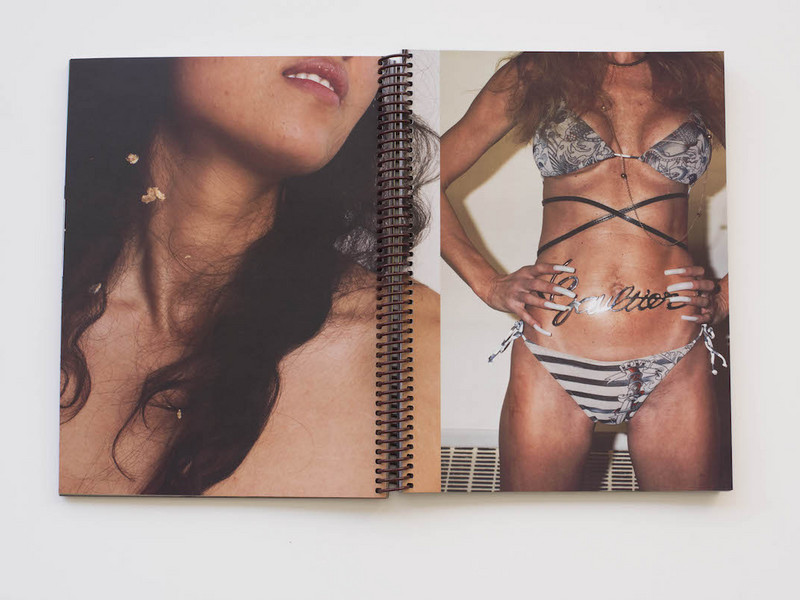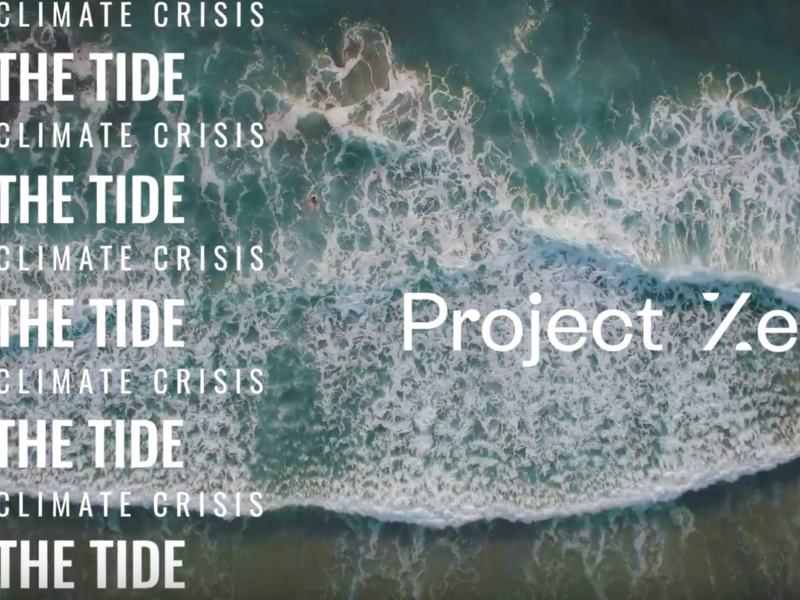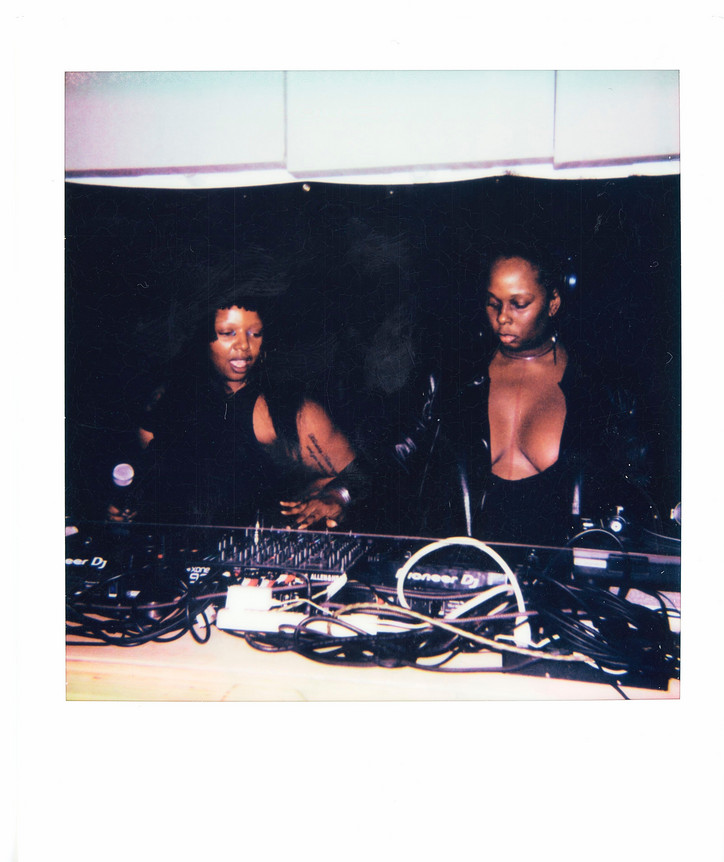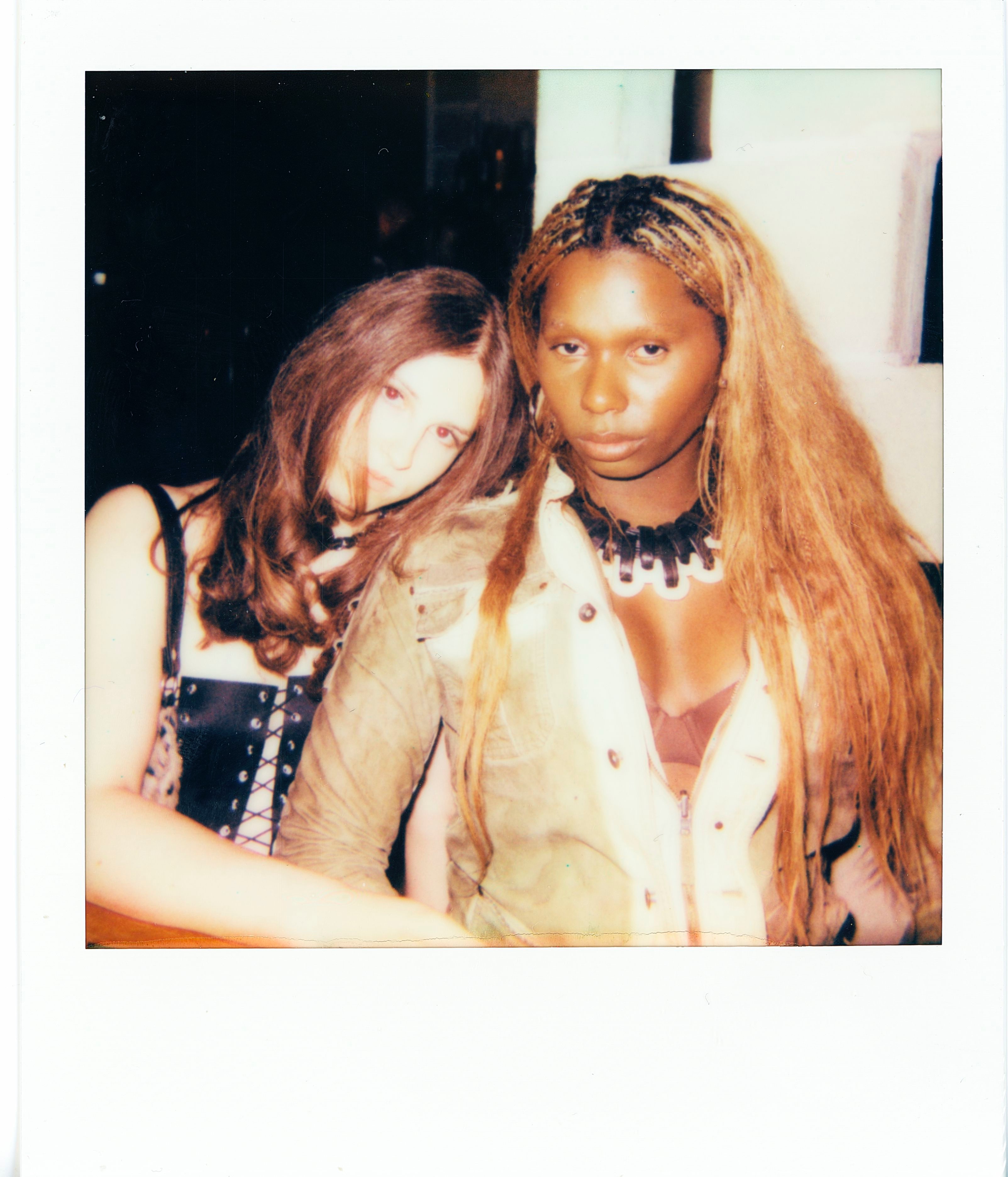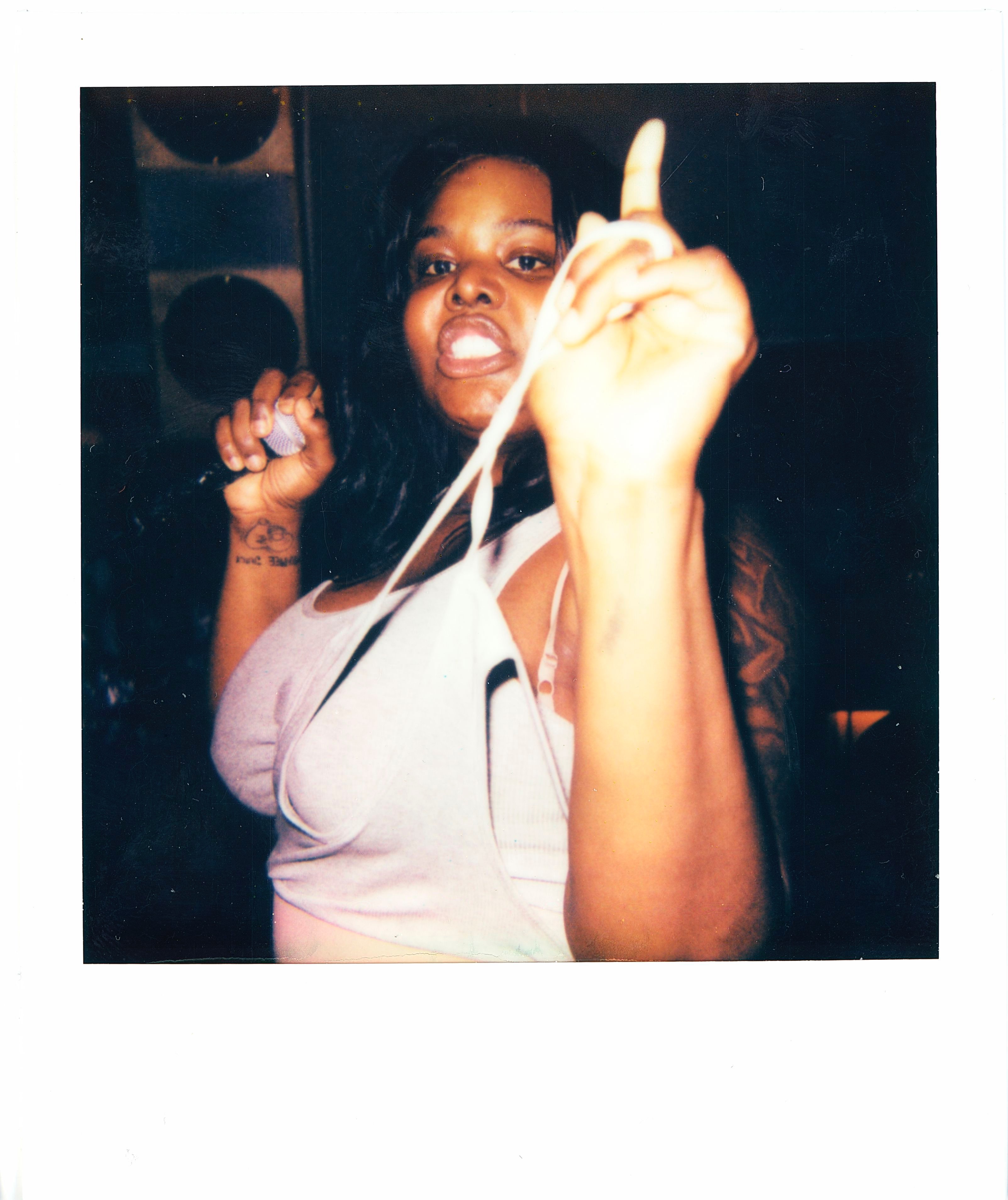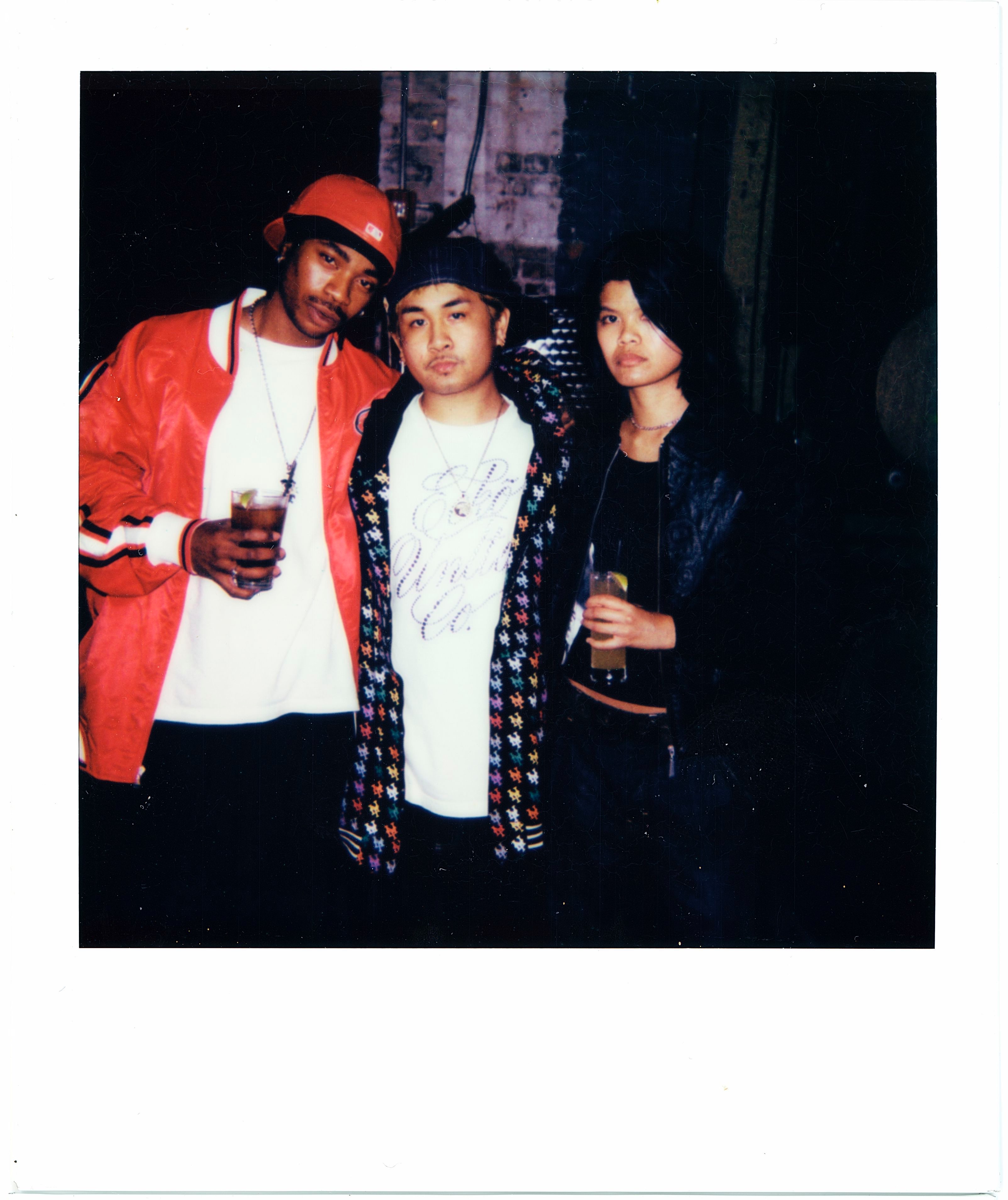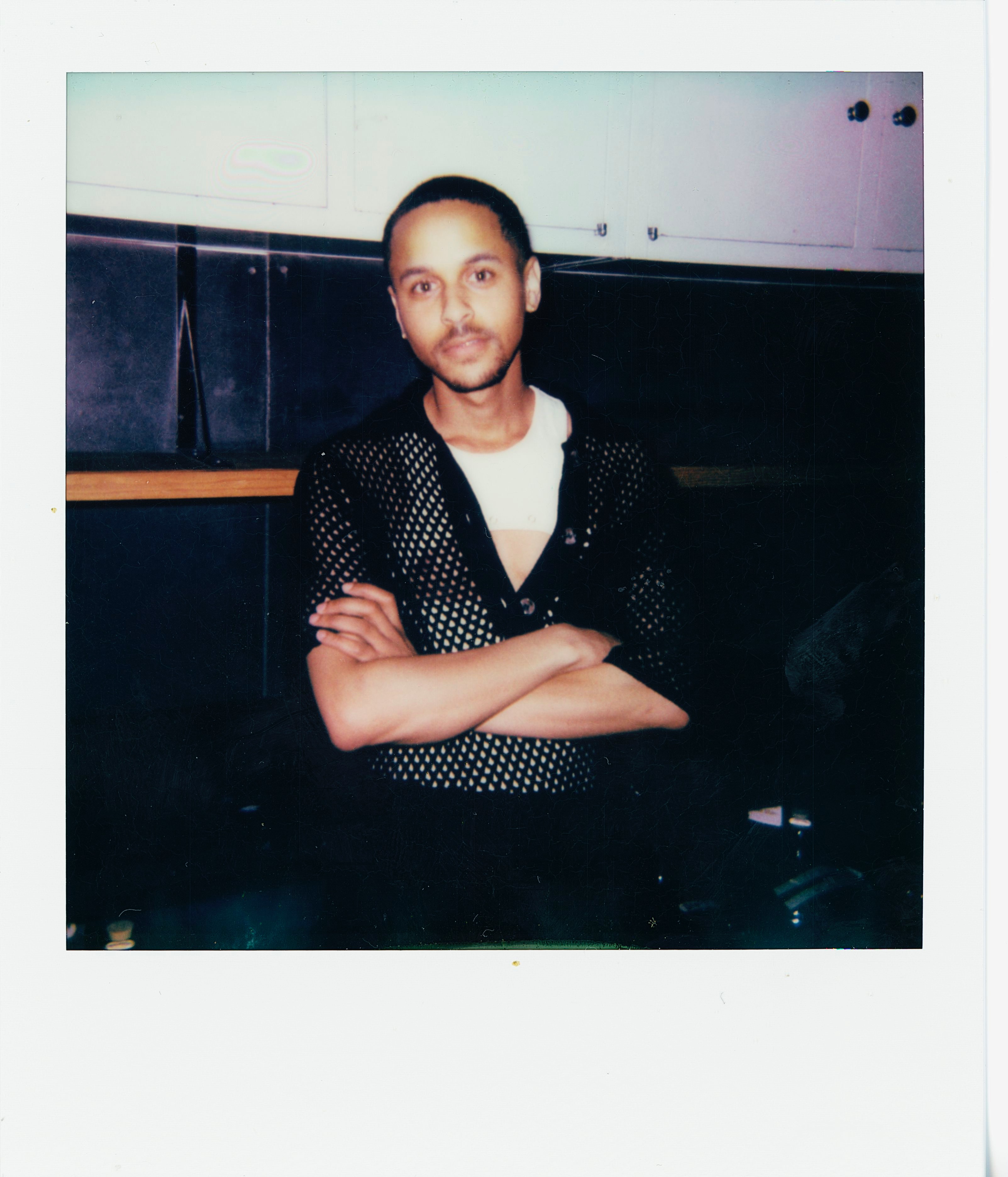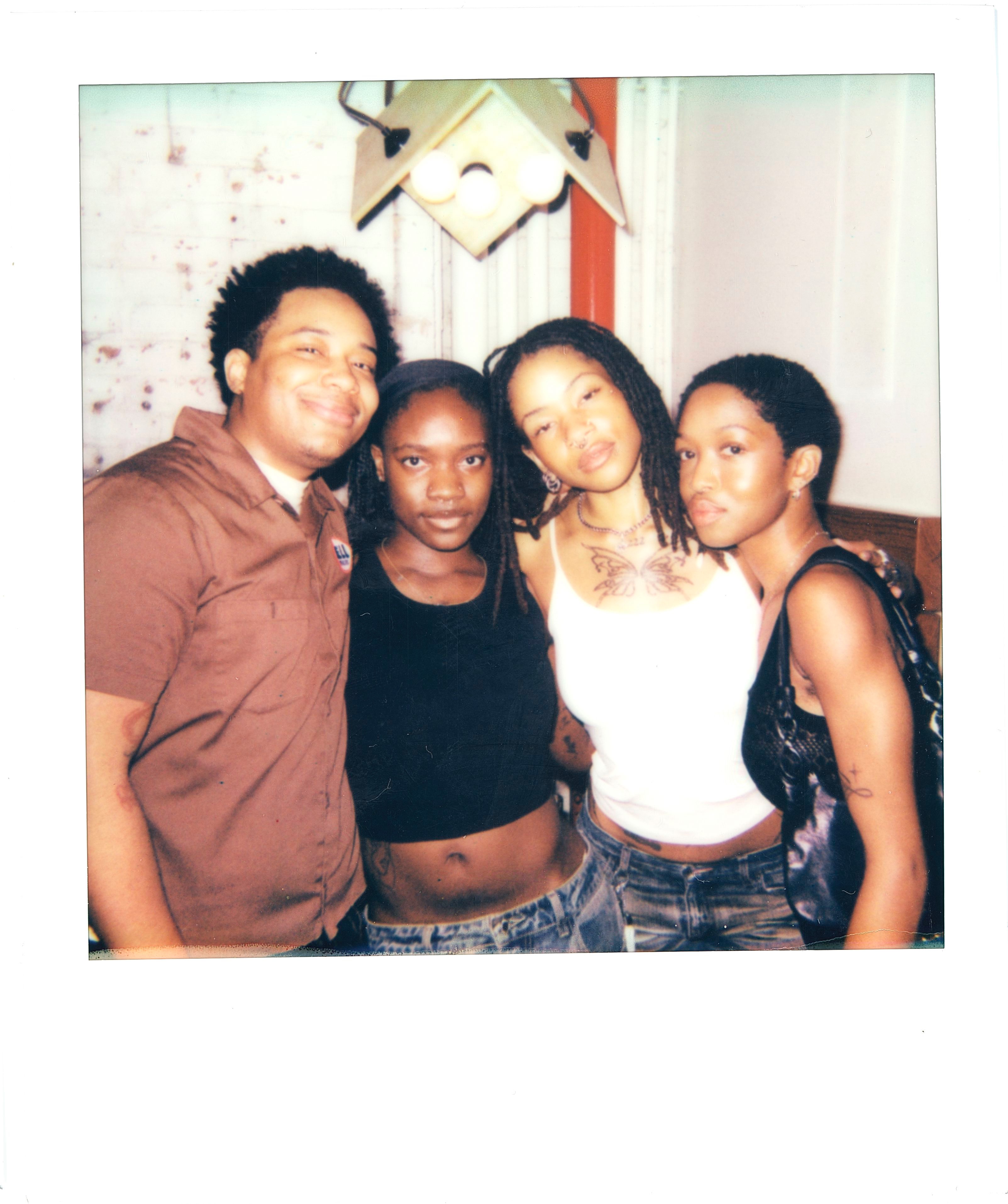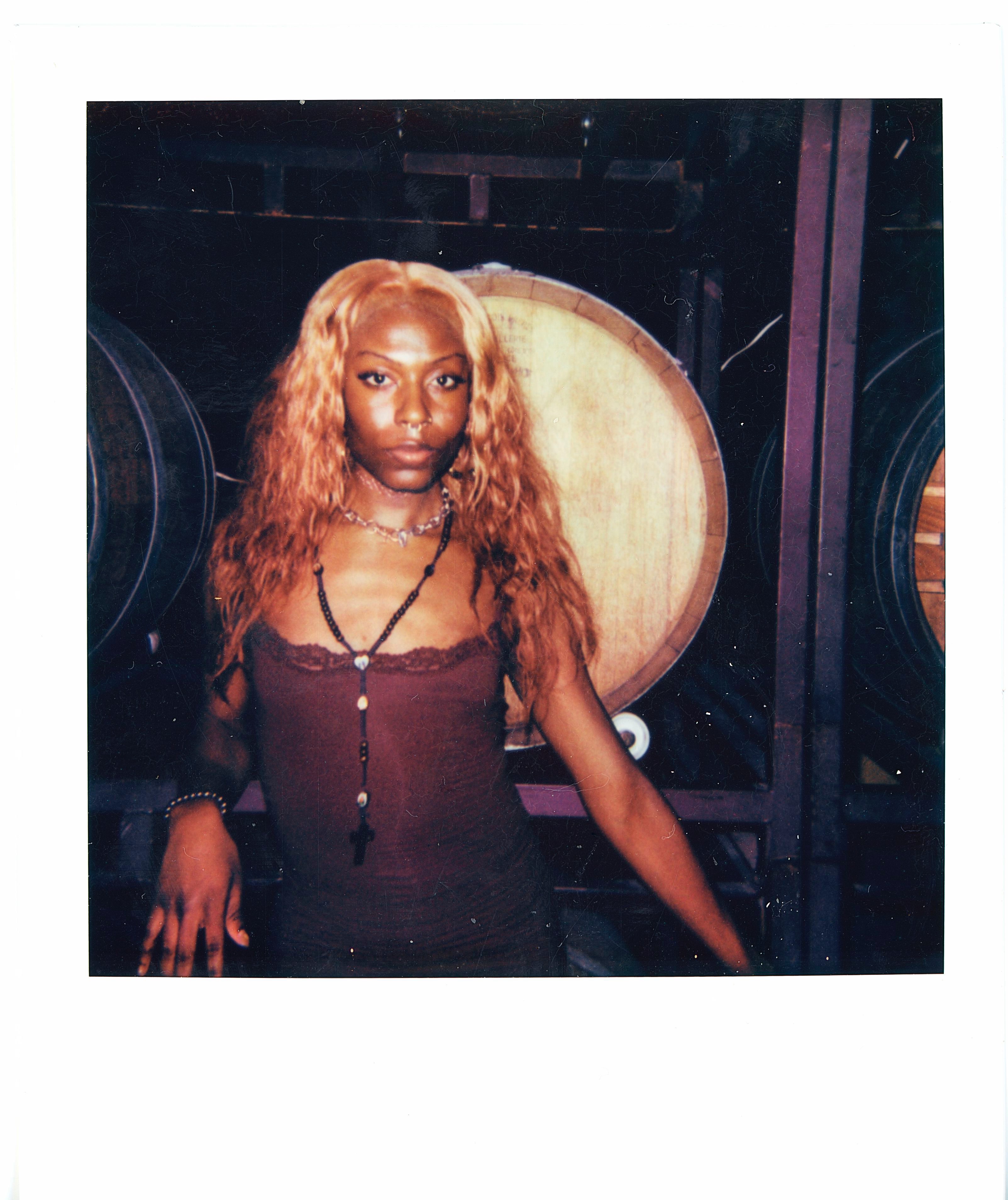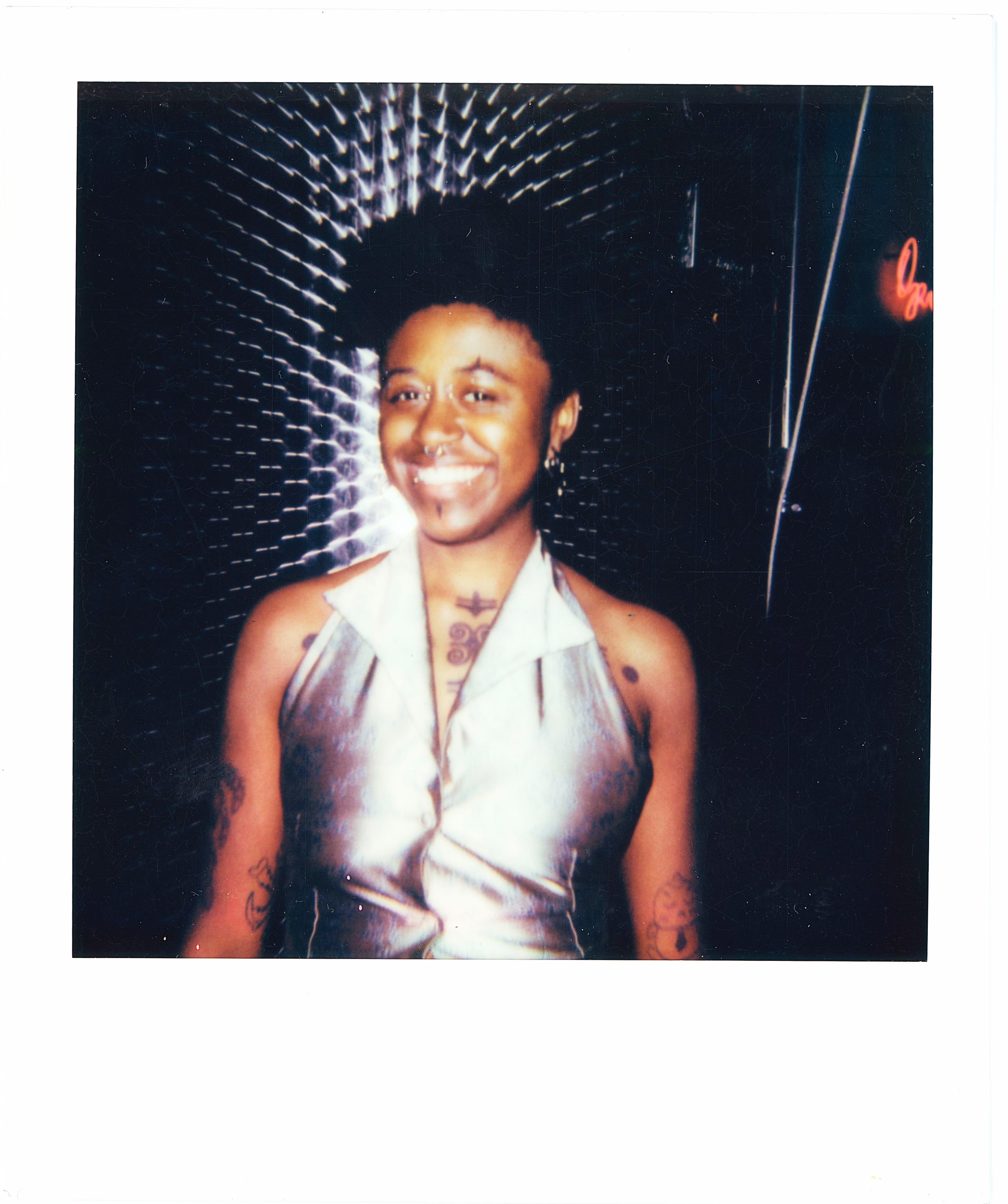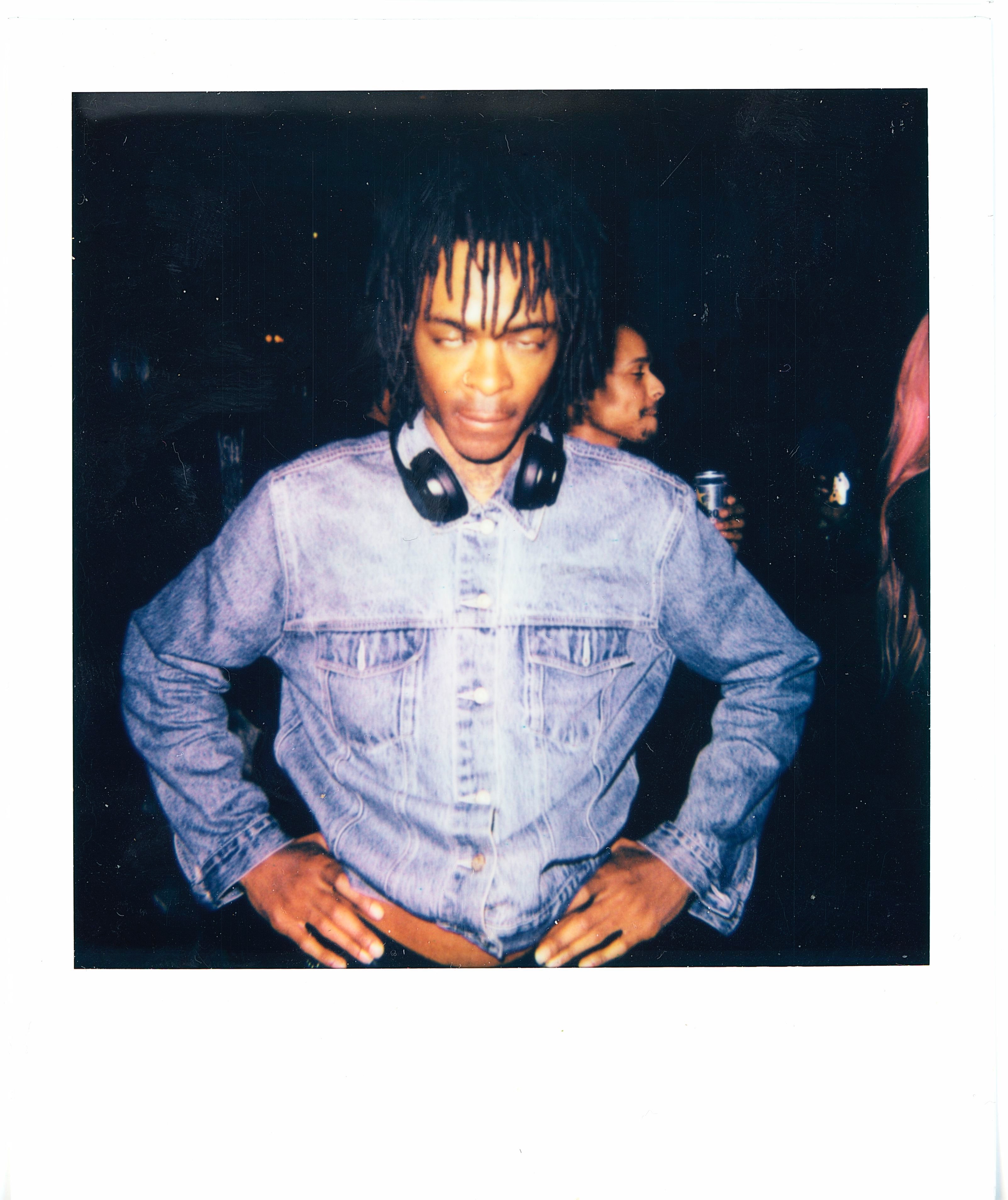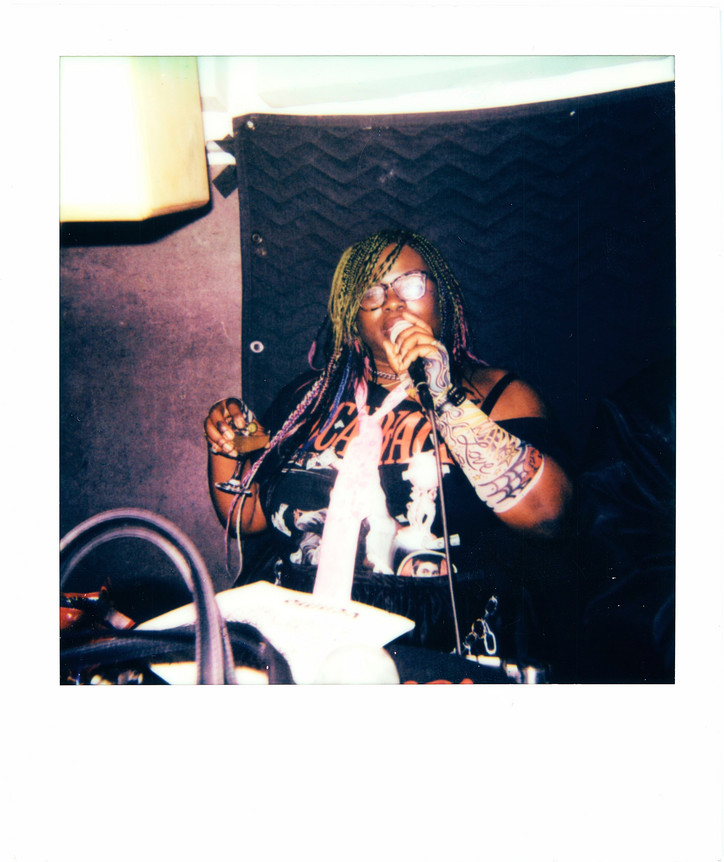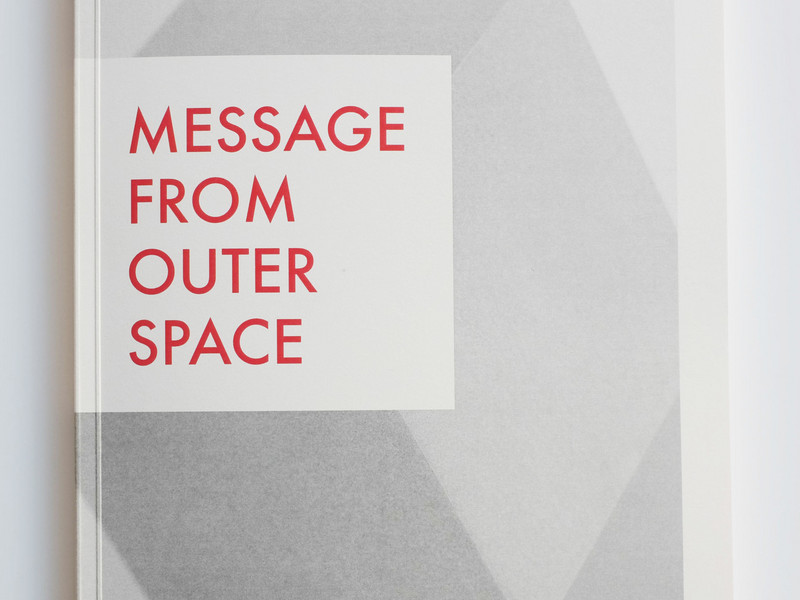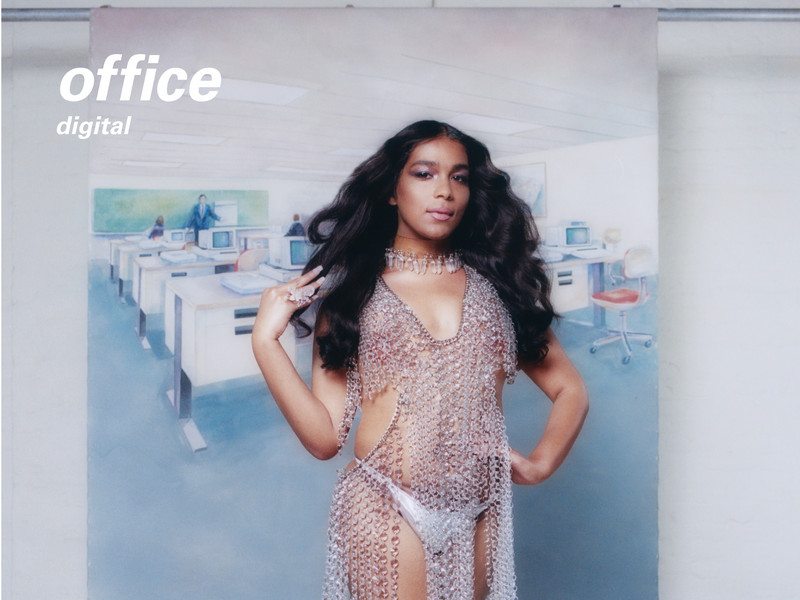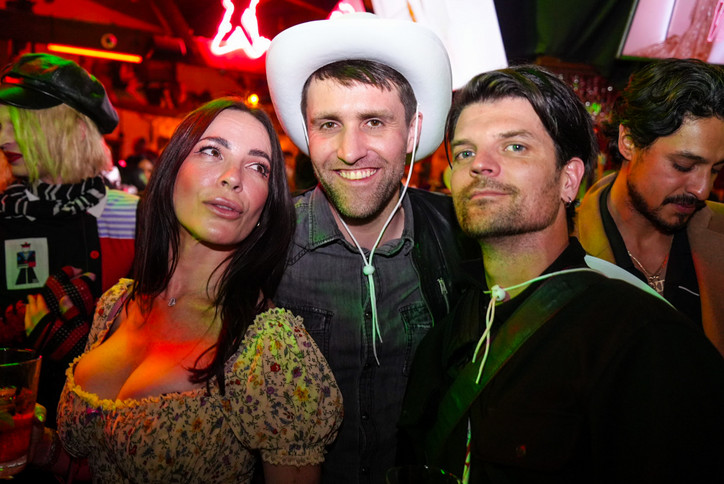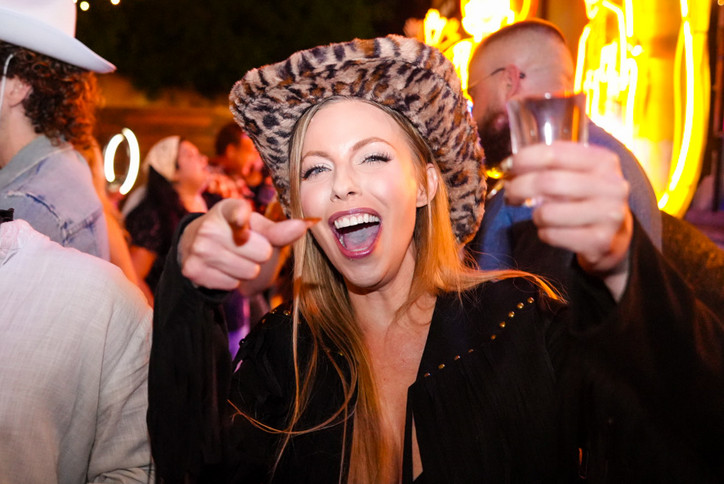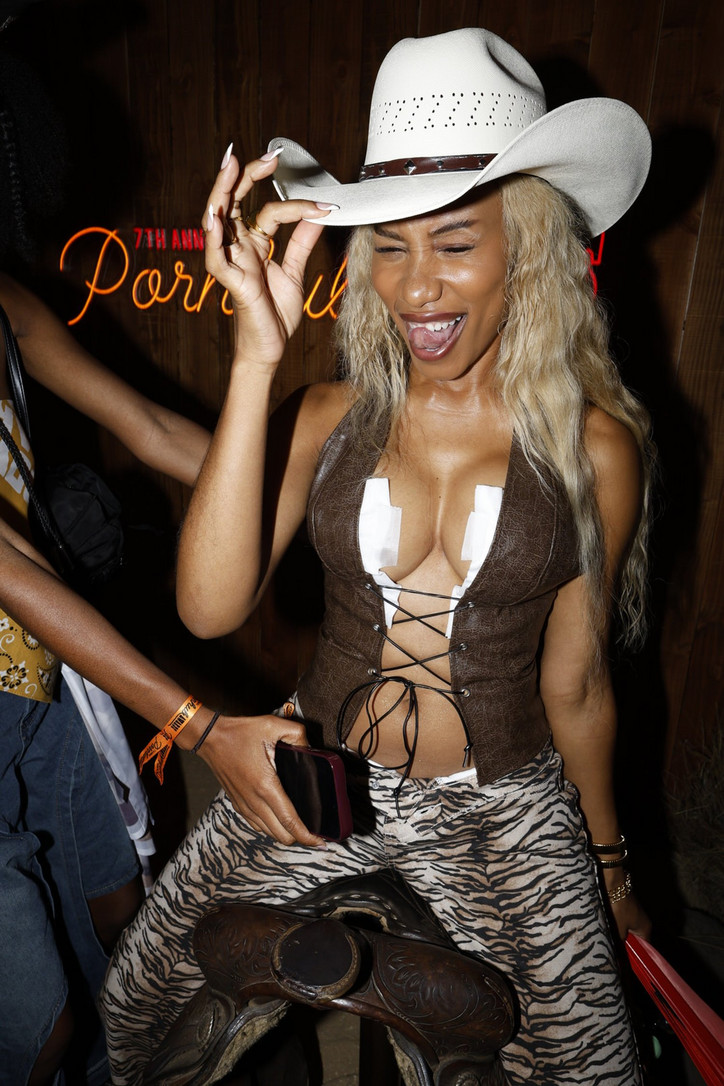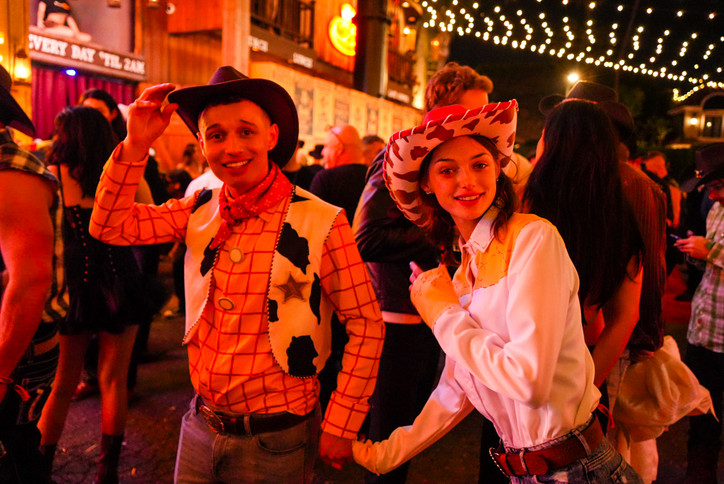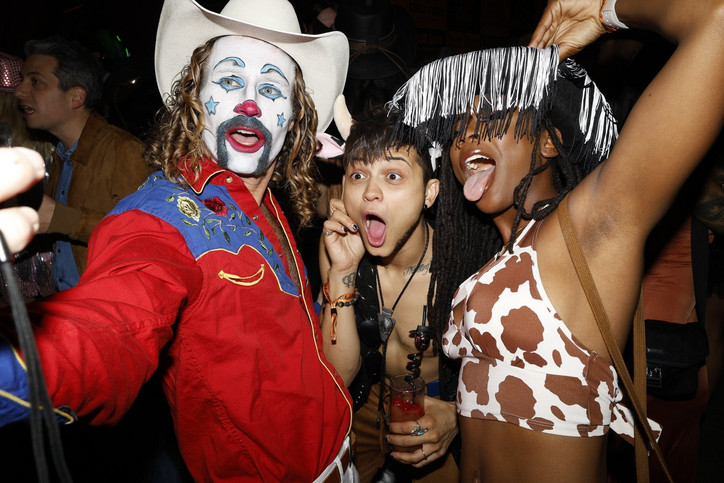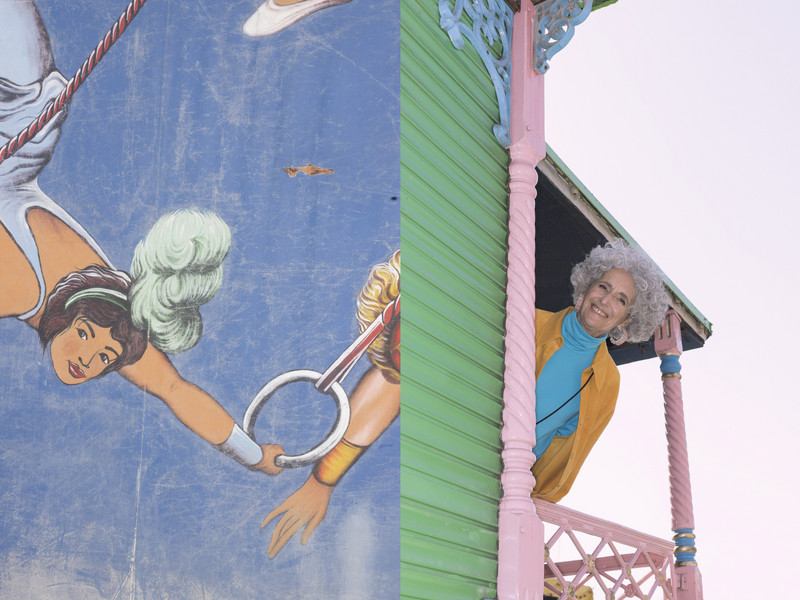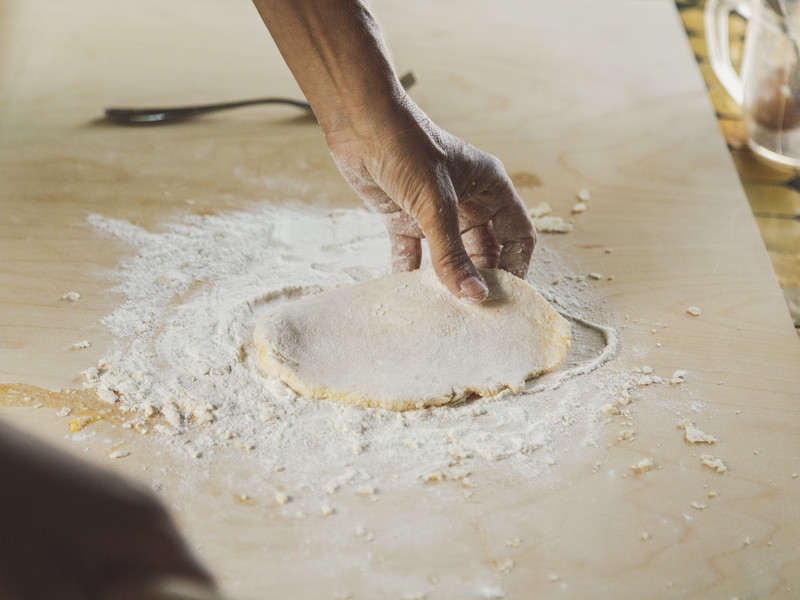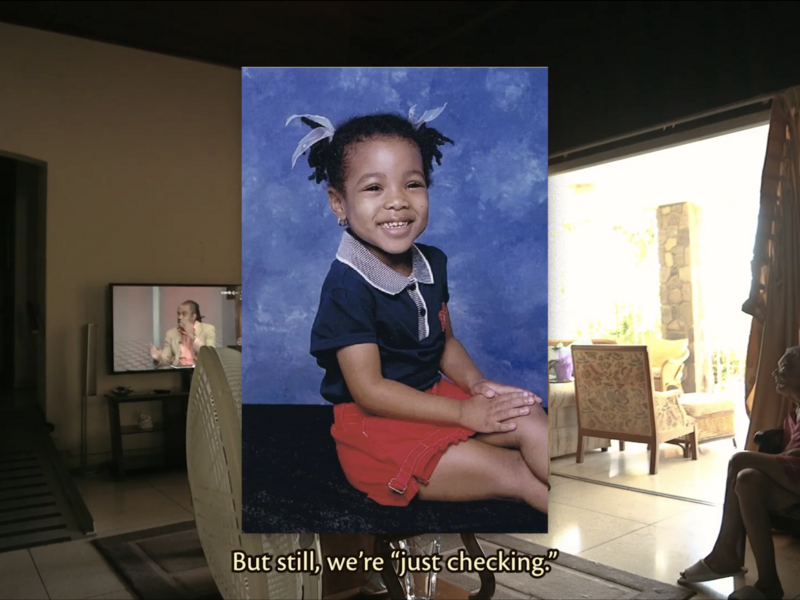Time and Space and Frida Escobedo
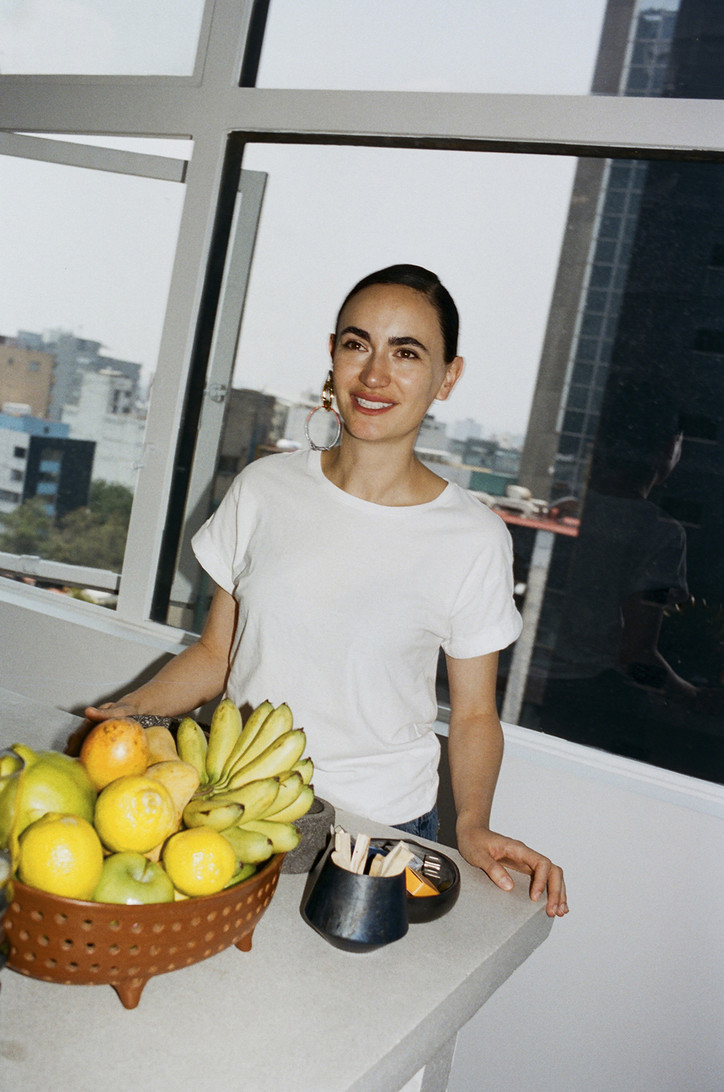
We were lucky enough to meet up with the 39-year-old architect just a few weeks ago, at her dreamy flat in Mexico City. We spoke with Escobedo about everything from her architectural beginnings, her steps towards new spaces, and the overwhelming importance of time.
Give us a little background about your practice and how you got started?
I studied architecture at Universidad Iberoamericana from 1998 to 2003. I started collaborating with a friend of mine, Alejandro Alarcón, right after school. We started doing small renovations, so I never worked for another office. And then I did a project with José Rojas, the Hotel Boca Chica, and after that I decided to start my own thing.
What compelled you to go solo rather than continuing your previous partnerships?
Well, I really enjoyed collaborating with Alejandro, but we were boyfriend/girlfriend at the time, so that was complicated. And with José Rojas, he moved more into the art scene. He’s running now [House of] Gaga gallery. So he moved more into the art world, and I decided to start my own thing. But I do like collaborating with people a lot.
How many projects are you working on?
13.
Wow.
Well, it’s not like we have 13 high-rises. This includes research and furniture projects. We treat them the same way as building projects.


You are based in Mexico City and work on international projects — what role has the city played in your work?
Well, the first thing is that my team is here. But also I like living in Mexico City. It has a lot of information. It is very lively, it's very complex. It has a lot of problems, but you learn from these problems. It’s really nice to see how people appropriate public space, too. I haven't seen this kind of relationship to the outside world anywhere else… probably in China or places like that. But here, you can see everything happening on the streets. Also how we layer things up, how you see adaptations of buildings everywhere. That's something that really informs my practice as well.
Do you see a time when you may need to leave?
No, I don’t think so. I’ll probably travel more, but I like it here.
I read you entered architecture somewhat accidentally—you had interest in art and design and you needed to choose an area of study. Do you feel comfortable identifying yourself fully as an architect now, or do you feel you are existing between different disciplines?
The way I thought about architecture really changed when I went to the [Harvard] GSD. I was not fully happy with what I was doing as an architect. It was just designing and then building—it was very traditional. And then I went to this program and it was like, whoa, you can really do so many different things. You can do an installation, you can do temporary architecture that is more related to other forms of art, you can do research. I'm very comfortable now with calling myself an architect, but I expanded my idea of what architecture is.
What is your least favorite part of architecture?
The administration. The managing of the construction site, the money. I don’t like that part.
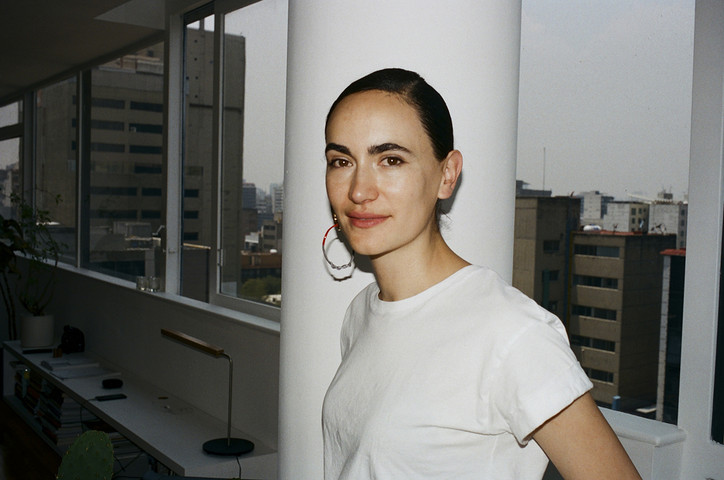
What were some buildings early on that made you aware of architecture?
That’s a very good question. I really liked Juan O’Gorman's [Diego] Rivera and Frida Kahlo house. I really liked that idea, having two houses, connected by a bridge, but sharing the same space. Anahuacall (Diego Rivera’s museum of pre-Hispanic art) is also very interesting.
Yes, we were just there. I was amazed by all of the details—on the floors, the ceilings, and all of the artworks.
It’s a crazy building! So those two in Mexico City. Also, when I was very young I went to New York with my mom and we went all the way up the Twin Towers, and that really impressed me. It was like, wow, this is so tall.
What are some things that have inspired you recently outside of architecture?
Traveling is always inspiring. You see things, you see how people behave in space. But also just conversation with interesting friends. We're working with Luciano Concheiro, a writer here in Mexico City, and that has opened the window of possibility to the office. We're doing this research with him about domestic spaces, and how we make invisible some parts of the population—even in the domestic space, with service areas and service rooms. And how this is really embedded in Mexican culture, which is very problematic.
Do you mean the class system that that suggests?
Yes, with Luciano we are looking at that very closely. And it's not just in the domestic space, but it expands into the city, with areas that we just don't want to see, so we bury them under a coat of paint, or push them outside, not allowing public transportation to be visible. Small operations that are trying to do hide this other part of the population which is right here.
If you had an opportunity to redesign your office, what might we see? What is your ideal office?
I like to have a small team. I really enjoy that we have more of a conversation and everyone participates, from interns to senior architects. Everyone is very young, also.
Is that important to you?
Mmm, I don't know. Maybe when when we start doing bigger projects we will need people with more experience. But the part that I struggle most with is the financial part. Numbers and healthy finances are a big struggle, so if there’s someone would take care of that, that would be fantastic.
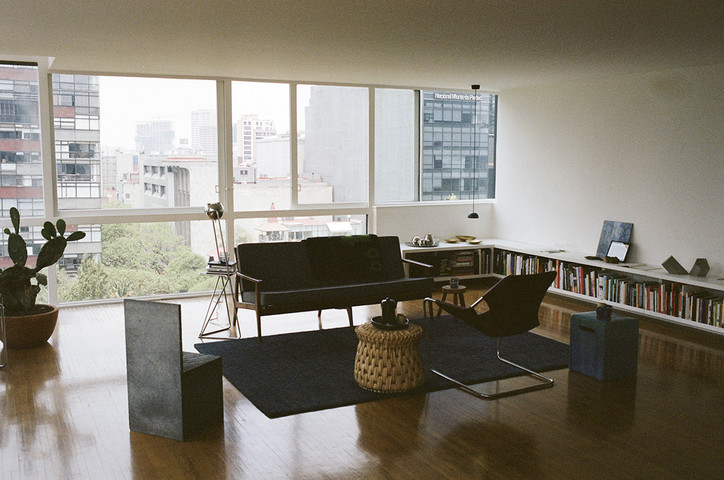
Let's talk about your Serpentine Pavilion project. Could you tell us about how the concept began and how it evolved?
We had two things we wanted to consider. One was this idea of designing a temporary space that later becomes permanent somewhere else. In the brief they mentioned that the pavilion is in Hyde Park for 4 months, but then it moves to a permanent location after. So it was this idea of what does temporality mean? And then the second question is that the pavilion had to somehow represent what the ethos of the office is. So, ok, we work with raw materials, we like things that age well, we like things that are not super-sophisticated in terms of construction but that can be very sophisticated in how you perceive them spatially. And then we wanted to do something that was questioning this relationship between inside and outside. We decided to do this idea of the courtyard—which is very Mexican— because you're outside but you're in a contained space. Are you in the city, or are you outside? Are you inside the pavilion or outside of the space? In thinking about temporality, it was the perfect excuse to talk about time.
This is a common theme in your work.
A few months before I was teaching at the AA, and part of the program was London time. We were looking at the Greenwich Meridian, this line that is very abstract, that is invisible, but actually determines the way we live everyday. Our economy, how we move, how we travel, everything is determined by this invisible notion. So we did this rotation with the courtyard to be aligned to the Greenwich Meridian. It's a very subtle gesture that points out that we are aligned to that kind of geography that determines time. But then you have another type of perceiving space, which is the personal one. It’s this idea of how you feel in the space and, therefore, perceive time. We have two reflective surfaces, the pool and the ceiling. So it's you in the space, your reflection in the space, and your time in that park, in that pavilion.
Yes, I’ve read the pavilion serves as a type of clock.
Yes, it works as a way to measure time... but also to stop measuring it.

